Description
Latin Name: Salix discolor
Hardiness Zones: 4-8
Other Common Names: Pussy Willow
Mature Height: Salix discolor is a weak-wooded deciduous shrub or small tree that typically grows up to 6 meters (about 20 feet) tall, with flexible, brown, single shoots. It can spread up to 3.6 meters (12 feet) wide. The roots are shallow and broad, and it may have single or multiple trunks. The circumference of a single trunk can reach up to 61.8 inches (1.5 meters) (EOL).
Soil / Climate: This plant thrives in full sun and prefers moist, well-drained soil. It is native to the northern forests and wetlands of Canada, from British Columbia east to Newfoundland. It is also found in the northeastern contiguous United States, from Idaho south to Wyoming, and east to Maine and Maryland.
Notes: Salix discolor has a rapid growth period in early spring (USDA) and requires low maintenance. It is often used as screens or specimen plants. The alternate leaves are oval, 3–14 cm long and 1-3.5 cm wide, green above and downy grey-white beneath. In fall, the leaves typically turn yellowish-green. The leaf margins are usually serrated or minutely lobed (EOL). It blooms for about two weeks in early to mid-spring, producing soft, silky, silvery catkins before the new leaves emerge. The fruit is a small capsule, 7–12 mm long, containing numerous tiny seeds surrounded by cottony down. In late winter, it develops gray catkins that are used ornamentally (Missouri Botanical Garden). The bark near the base is somewhat cracked and ridged, gray-brown in color, while the upper branches are smooth and reddish-brown (Illinois Wildflowers). Like other willows, it was historically used by Native Americans for its medicinal properties. Today, it is primarily used for home decorations.
Problems: Salix discolor is susceptible to various insect pests such as aphids, scale insects, and caterpillars, as well as diseases like leaf spots and blights (Missouri Botanical Garden).
For further information, visit:
- USDA Plants Database: Salix discolor
- Encyclopedia of Life (EOL): Salix discolor
- Illinois Wildflowers: Pussy Willow
- Missouri Botanical Garden: Salix discolor
- Additional information on Salix discolor can be found on the link: USDA / NRCS PLANTS Database.

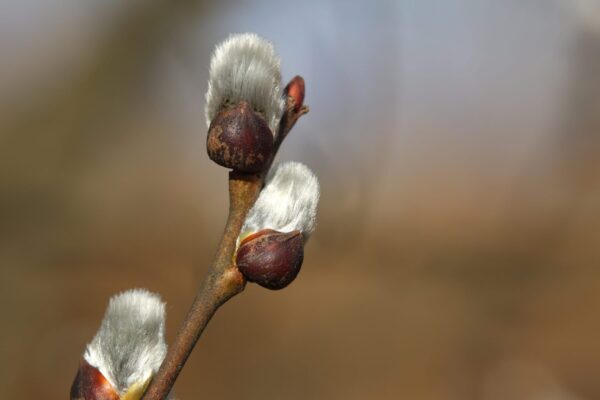
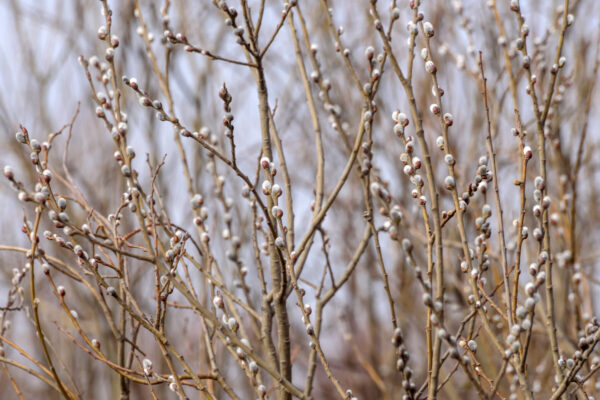

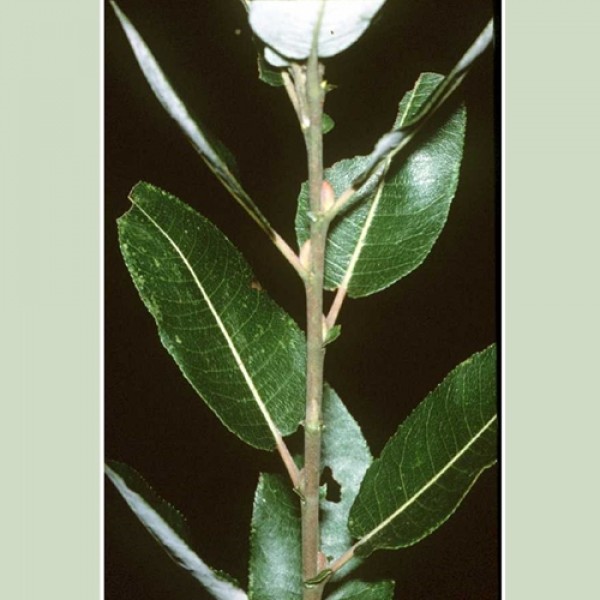
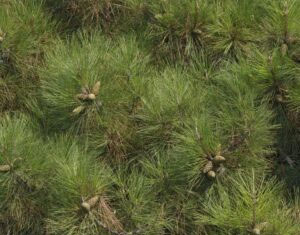
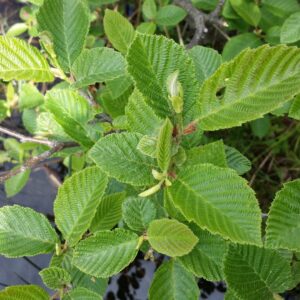


Reviews
There are no reviews yet.